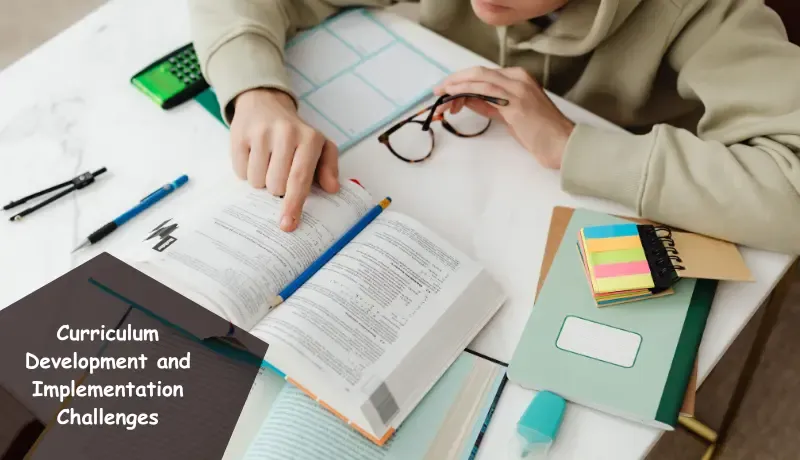Gagne’s “Nine Steps of Instruction” (or “Nine Events of Instruction”) is an instructional design model that aims to help develop and deliver a class lecture (Gagne’, 1992). Gagne’ believed there are “conditions of learning.” In order to create and stimulate such a “condition of learning,” he developed nine general steps of instruction in teaching (Killpatrick, 2001). By following these nine steps, students will have a higher chance of mastering the knowledge or concepts. The following is a brief list of examples of how Gagne’s Nine Events of Instruction model can be applied in everyday classes. Step 1: Arouse students’ attention Students won’t be ready for learning if instructors don’t have their attention. This step is to obtain their attention so that they will be curious and want to know what’s next. Use of pictures, videos, case studies, news, storytelling, polls, or other ice breaking activities will quickly get students to focus their attention on the con...
Exploring Curriculum Implementation: Teacher's Crucial Role, Challenges, and Balancing Act for Relevance, Diversity, and Knowledge-Skill Equilibrium
Curriculum Implementation
Curriculum implementation refers to the process of translating the planned curriculum into actual teaching and learning experiences.
Planning and Organizing Curriculum Implementation
Effective curriculum implementation requires careful planning and organization. Teachers need to consider the sequencing of content, selection of appropriate instructional strategies, allocation of resources, and assessment methods. They should create a supportive and engaging learning environment that facilitates the achievement of desired learning outcomes.
Teacher's Role in Curriculum Implementation
Teachers play a critical role in curriculum implementation. They are responsible for delivering instruction, facilitating learning experiences, and assessing student progress. Teachers should have a deep understanding of the curriculum objectives and content and be skilled in instructional strategies and assessment methods. They should also be flexible and adaptive to meet the diverse needs of their students.
Challenges in Curriculum Development and Implementation
Curriculum development and implementation are not without challenges. Educators face several obstacles that must be addressed to create effective and meaningful curricula.
Standardization vs. Flexibility
One of the challenges is striking the right balance between standardization and flexibility. Standardization ensures consistency and coherence across educational institutions, but it may limit the ability to meet individual student needs. On the other hand, too much flexibility can lead to fragmentation and inconsistency in the curriculum. Curriculum developers must find a middle ground that allows for customization while maintaining essential standards.
Keeping Curriculum Relevant
In a rapidly changing world, curriculum developers face the challenge of keeping the curriculum relevant. They must anticipate future trends, technological advancements, and societal changes and ensure that the curriculum reflects current and future needs. This requires ongoing research, collaboration with industry experts, and a forward-thinking approach to curriculum design.
Addressing Diverse Learner Needs
Students come from diverse backgrounds and have unique learning needs. Curriculum developers must consider the diverse needs, abilities, and interests of students and ensure that the curriculum is inclusive and accessible. Differentiated instruction, accommodations, and modifications may be necessary to support the learning of all students.
Balancing Knowledge and Skills
Curriculum development often involves the challenge of balancing the acquisition of knowledge and the development of skills. While content knowledge is important, students also need to develop critical thinking, problem-solving, communication, and collaboration skills. Curriculum developers must design learning experiences that integrate both knowledge and skills effectively.
